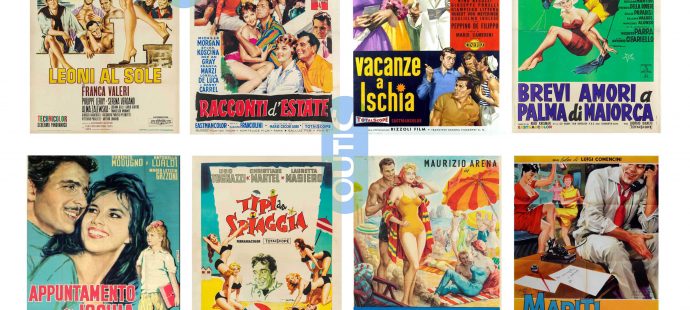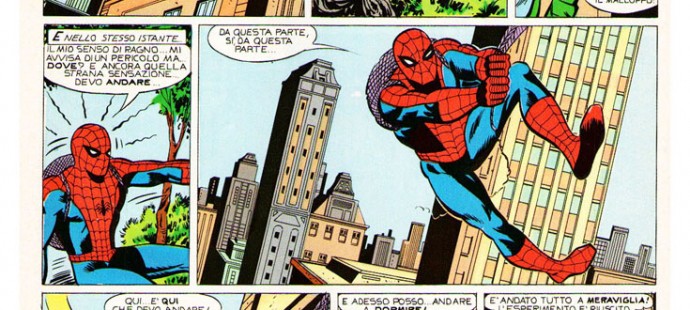
Italian Summer Movies of the 60s
Italian Summer Movies of the 60s Happy Ferragosto (mid-August) Ferragosto is a public holiday celebrated on August 15th in all of Italy. It originates from Feriae Augusti, the festival of ...

Italian Summer Movies of the 60s Happy Ferragosto (mid-August) Ferragosto is a public holiday celebrated on August 15th in all of Italy. It originates from Feriae Augusti, the festival of ...

Capitano Nino Ferrer Ricordiamo oggi la nascita di Nino Ferrer (cantante e molto altro) nato a Genova, 15 agosto 1934 e scomparso quasi esattamente 64 anni dopo. Nell’avventura di Corto ...

Spider-Man 60th anniversary Italian Nel nostro piccolo anche noi abbiamo celebrato il tessiragnatele. SuperGulp! Fumetti in TV è stato un programma televisivo dedicato al mondo dei fumetti trasmesso dalla RAI ...

Closed for Ferragosto Holidays Ferragosto is a public holiday celebrated on 15 August in all of Italy. It originates from Feriae Augusti, the festival of emperor Augustus, who made the ...

Visions are worth fighting for. Outisfumetti quotes